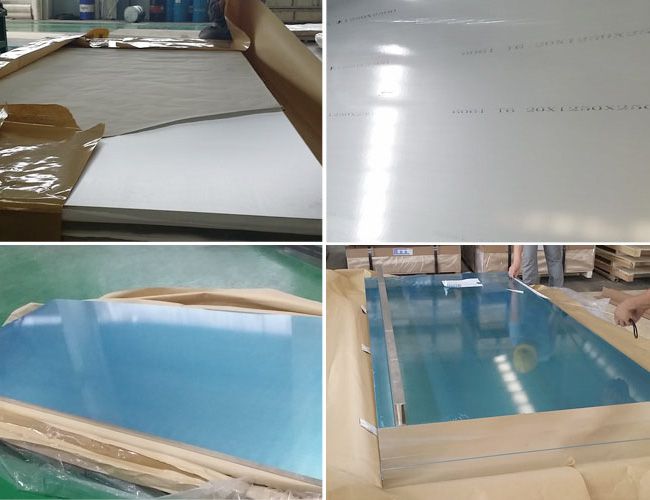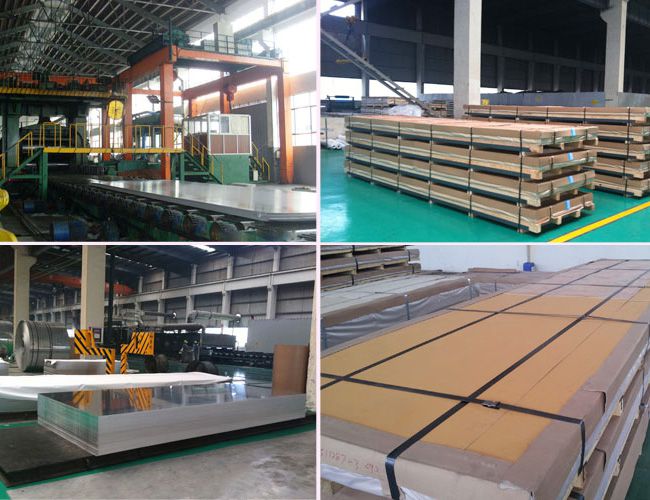Introduction of decarburized layer and exterior strength of 5052 aluminum plate. According to the law of conservation of material and the law of volume change of metal structure, the relationship between the depth of decarbonized layer and the size change of 5052 aluminum plate before and after hot treatment is discussed. From the perspective of microstructure change, the theoretical research is carried out and the experimental research is carried out through the hot treatment experiment of 5052 aluminum plate sample.

In order to further strengthen the outer strength of valve 5052 aluminum plate, increase the compressive stress and improve the fatigue life, after the valve 5052 aluminum plate is formed, it is necessary to further nitriding, cryogenic liquid carburitriding or sulfur nitriding treatment, and then by shot peening. Nitrogen infiltration not only eliminates the adverse effects of decarbonization, but also improves the residual compressive stress. At the same time, the high temperature strength of the valve 5052 aluminum plate through nitrizing and low temperature liquid carbonitrizing improves, with the deformation of 0.2% at 150 degrees and 0.56% at 250 degrees, improving the thermal stability and anti-relaxation stability of the valve 5052 aluminum plate. But the nitriding and liquid carburitriding time should be strictly controlled, otherwise it will form network sulfide and network nitride, but will reduce its fatigue strength.

According to the theory of atomic diffusion, after analyzing the mechanism of carbon atom diffusion in solid, the macroscopic law and microscopic mechanism of carbon atom spanning three in fixed state are summarized, and the numerical calculation model of carbon layer depth is derived based on the diffusion model of unsteady semi-stable semi-infinite objects. The calculation results of the decarburizing layer depth of 5052 aluminum plate were verified by the method of separation of experiment and theory. The results indicate that the deviation of the practical results and theoretical results is less than 10% in the heating temperature between 80 ° C and 1050 ° C and the heating time is 90min.
< Points for attention in the use of... Application performance of tensile... >
